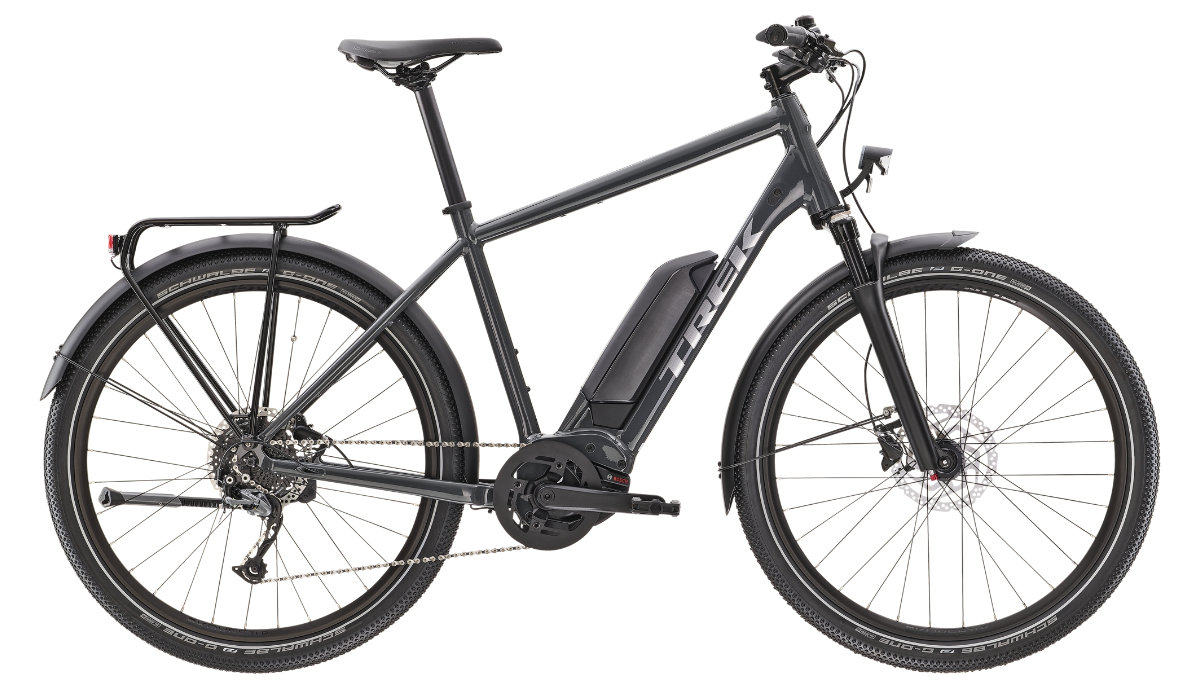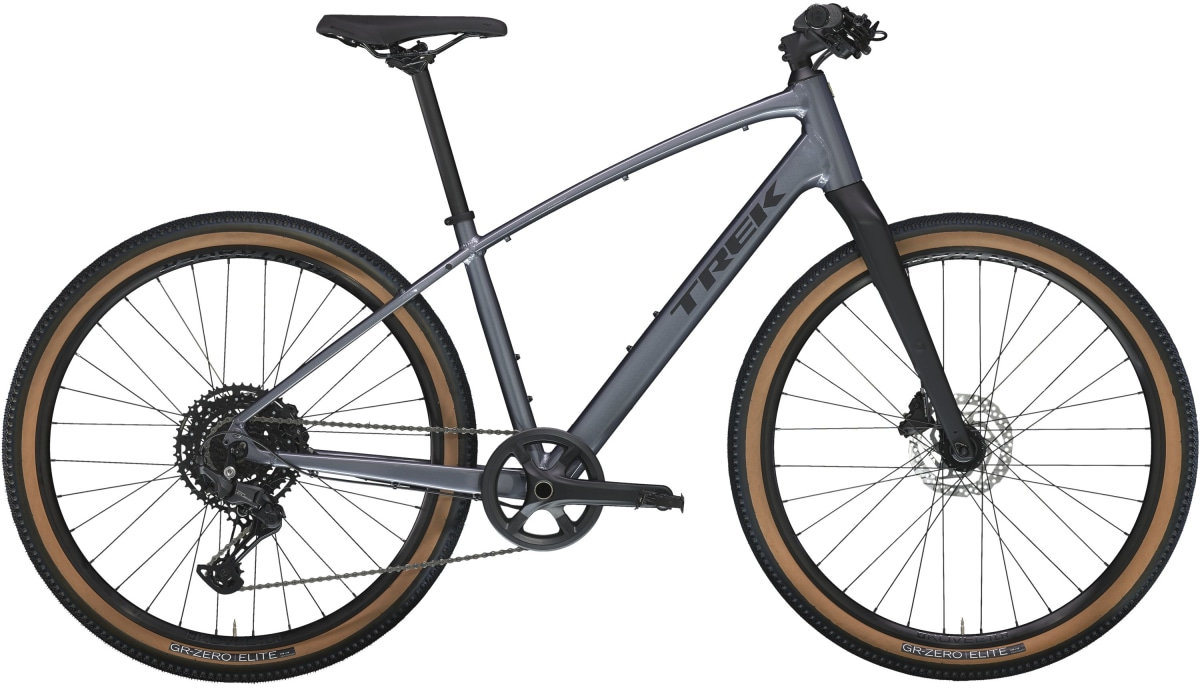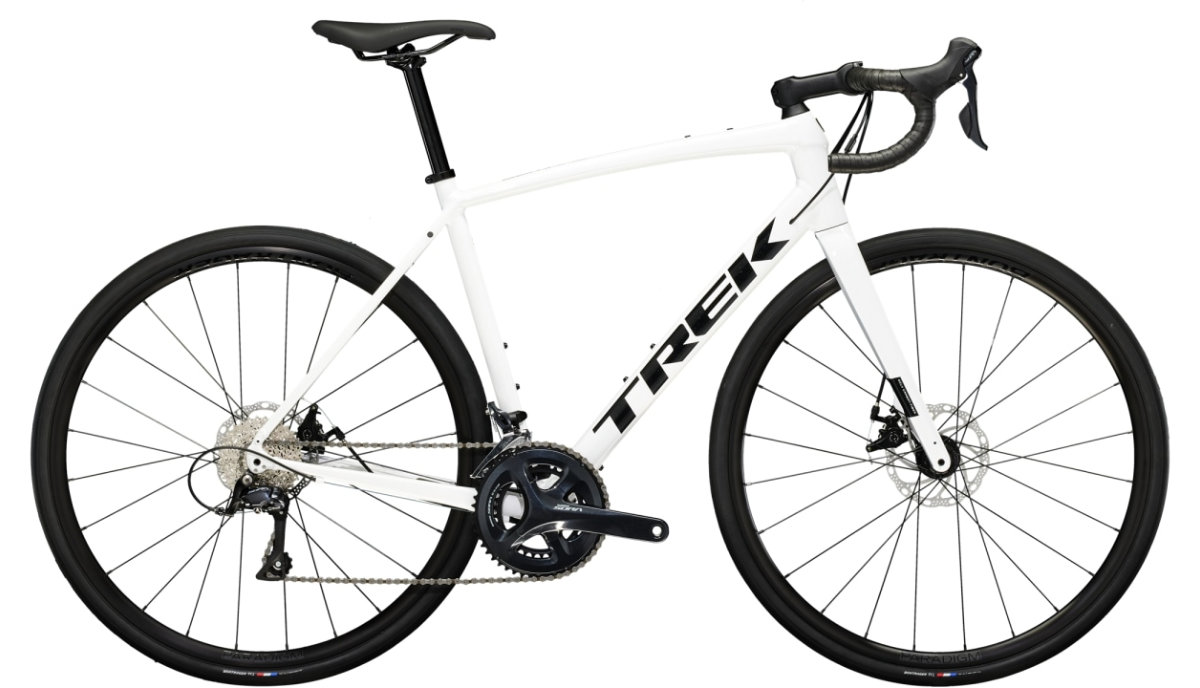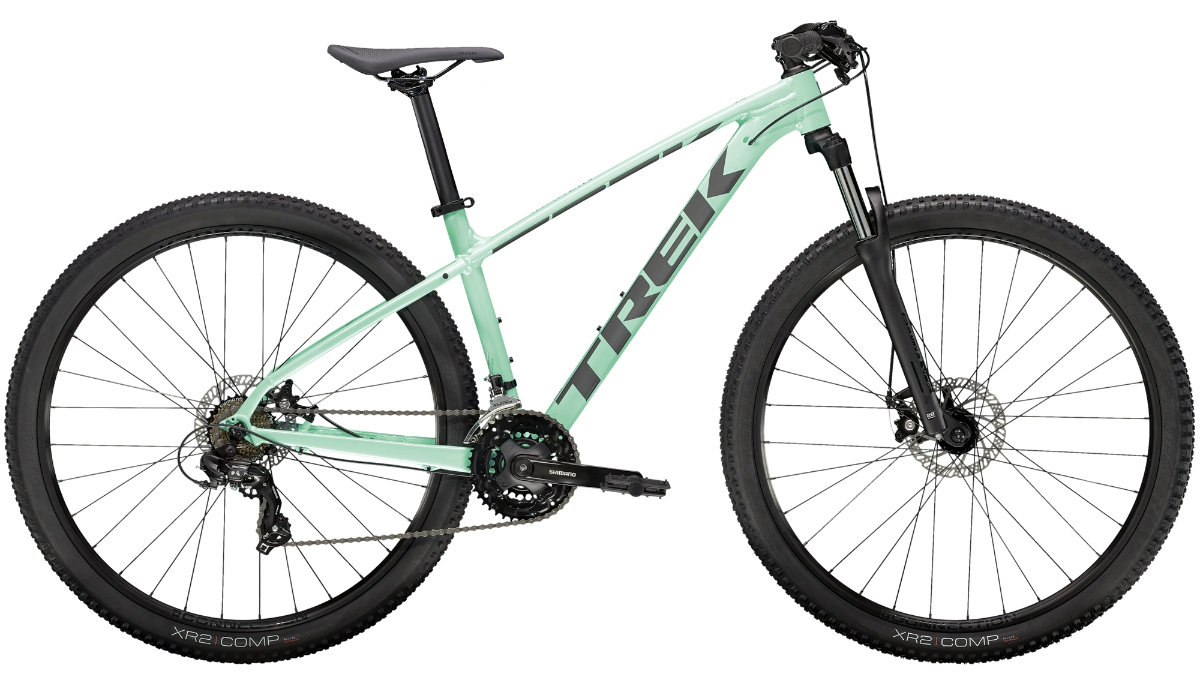
Who doesn’t want a better morning commute? With the Cycle to Work scheme, a less stressful, healthier journey to work is within easy reach.
There are huge benefits to cycling to work. You can easily incorporate exercise into your daily routine; save money on fuel, parking and public transport fares; reduce your impact on the environment; potentially avoid the frustration of queues and tailbacks; and enjoy a head-clearing ride on your trip home.
The initial cost of purchasing a bike and accessories can be a bit of a barrier, and that's where the Cycle to Work scheme comes in. In this guide, we'll talk about what the Cycle to Work scheme is, how it works and the price limits, and we’ll even include some helpful tips for a successful commute.
The Cycle to Work scheme is a government initiative aimed at promoting cycling as a way of commuting to work. It allows employees to save money on the purchase of a bike, helmet, lights and more by spreading the cost through monthly salary deductions, typically over a 12-month period.
Employers partner with a Cycle to Work provider who manages the scheme on their behalf. There are several providers under the overall scheme. Those we work with include Green Commute Initiative, Cyclescheme and gogeta.
Employees choose a bike and related accessories from a participating retailer, and the employer purchases them on their behalf. The cost is then deducted from the employee's gross salary, meaning you save on tax and National Insurance.
We’ll give some examples below but, for example, the Cycle to Work scheme could see you paying £1,484 for a £2,000 bike over 12 monthly instalments of £123. Seems like a no-brainer!
Unfortunately, the Cycle to Work scheme is typically only available to employees of participating companies. However, self-employed individuals may still be able to benefit from tax incentives when purchasing a bike for commuting purposes, though they won't be able to take advantage of the salary sacrifice arrangement offered by the scheme.

Yes, the Cycle to Work scheme allows you to purchase a wide range of accessories along with your bike, including helmets, locks, lights, panniers and clothing, to ensure you have everything you need for a safe and comfortable commute.
The Cycle to Work scheme used to impose a price limit of £1,000 on the value of the bike and accessories that can be purchased. However, some employers now have their own limits or offer higher thresholds.
Unfortunately, you can no longer make a contribution from your own pocket if you want to spend more than the limit imposed by your employer or the scheme they are partnered with. In this case, you might want to consider a finance option instead of Cycle to Work – see below.
Pros:
Cons:
Another way of making a new bike more affordable is to buy it on finance. We work with Klarna, who allow you the pay in three interest-free instalments.
There are no restrictions on the kind of bike you can buy through the scheme. You’re free to choose a road bike, mountain bike, hybrid or folding bike, and for this to be a traditional machine or one with electric assist. Which of these makes the best commuter bike? That’s up to your own personal preference and riding style. Here are our top picks for commuter bikes across the different categories.

There’s an e-bike to suit every type of riding, whether you like to stick to smooth tarmac, you prefer light gravel trails or you love to fly through the forest on a mountain bike. Our pick of e-bikes for commuting are the Trek Allant+, a powerful and capable hybrid; Marlin+, an affordable and versatile mountain bike; and Domane+, a comfortable road bike that can go on gravel too.
Cost example: Trek 2022 Allant+ 5. (pictured above) Cost £3,100. You pay £2,300.16. 12 monthly instalments of £191.68.
Read our blog about e-hybrid bikes here.

We love Trek Dual Sport. It’s a lightweight, go-anywhere hybrid bike built for fun and adventure on any terrain. It rolls fast on the road and feels confident when you’re off the beaten track, keeping you comfortable whatever the terrain. There’s also an e-bike version of Dual Sport called Dual Sport+.
Cost example: 2024 Dual Sport 3: (pictured) above) Cost £975. You pay £723.48. 12 monthly instalments of £60.29.

Trek Domane is the road bike for all-day explorers. It’s more comfortable than Trek’s other road bikes, Madone and Emonda, which is why we recommend it for commuting. It also has mounting points for mudguards and has a good range of models at the more affordable end of the pricing scale.
Cost example: Trek 2023 Domane AL 3 Gen 3 (pictured above): Cost £1,200. You pay £890.40. 12 monthly instalments of £74.20.

Trek Marlin is great on the commute, especially if the terrain is varied. It’s a mountain bike with medium travel front suspension and tyres that are grippy enough but not so much that they are slow on road surfaces. This is Trek’s most popular bike globally and much of this is because it’s versatile enough to use for commuting during the week and in the countryside on the weekend.
Cost example: Trek 2023 Marlin 4 Gen 2 (pictured above): Cost £475. You pay £352.44. 12 monthly instalments of £29.37.
The cost illustrations above are based on an annual salary of £28,000, with instalments paid monthly, using the gogeta calculator.
Here are our tips for a safe and enjoyable trip to work and back every day.
The Cycle to Work scheme offers a fantastic opportunity to save money on bikes and cycling equipment while promoting a healthier and more sustainable commute. Come and see us in store or give us a call to find out how you can make the most of this initiative and enjoy the many benefits of cycling to work.